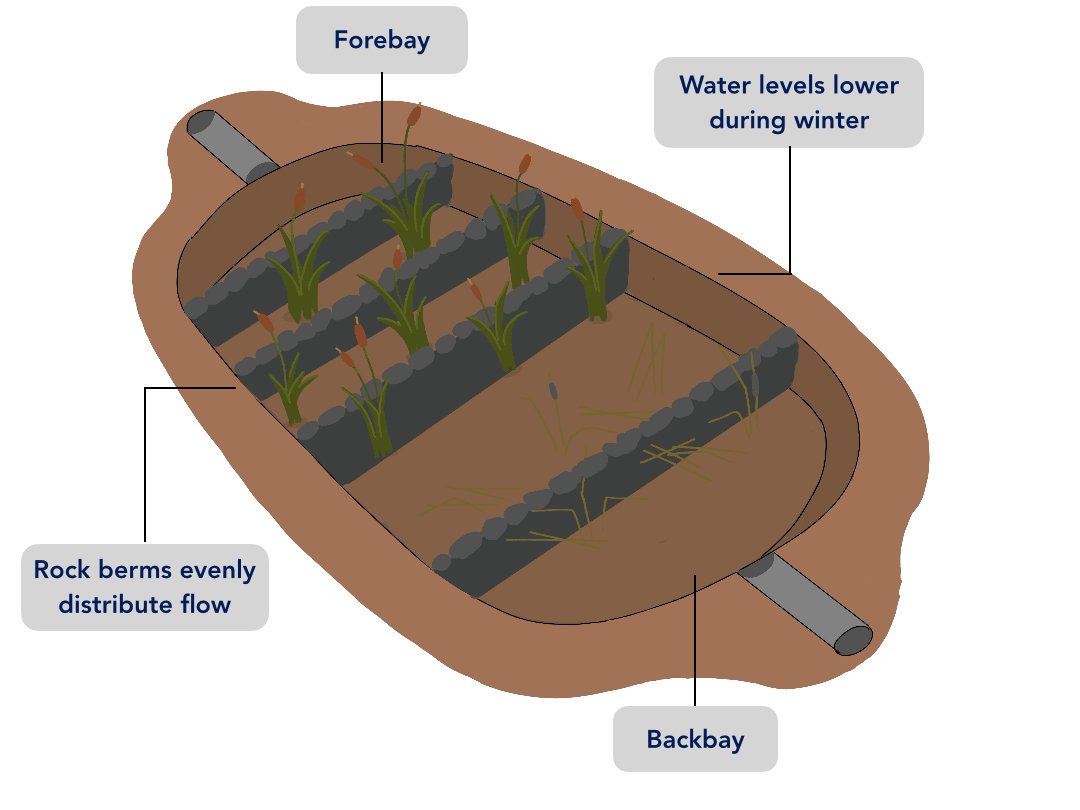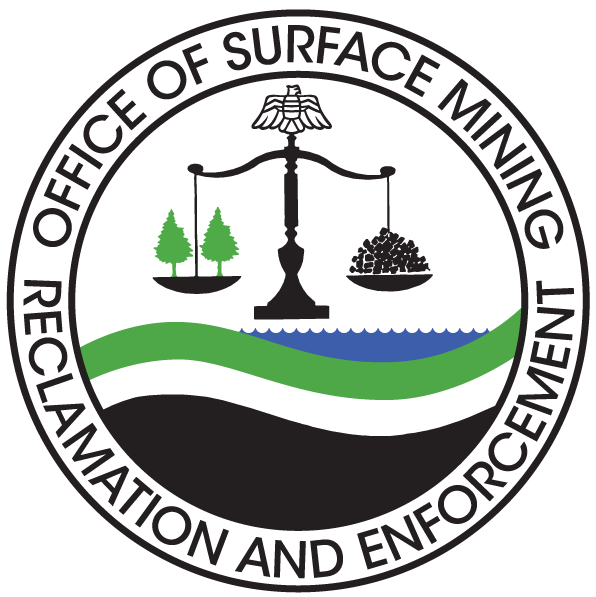What do wetlands and abandoned coal mines have in common? Although they appear to be complete opposites, there are several ways in which these features affect each other.
Wetlands are areas of land where water covers the soil either seasonally or permanently and are among the most biologically diverse systems on Earth. Some are located on the coast, where they buffer the land from tropical storms. Others are inland, providing an oasis for a wide range of animal and plant species. Many communities rely on wetlands for their livelihoods through fisheries and tourism. Wetlands are also excellent at filtering water and are often called the “kidneys of our watersheds.”
According to the EPA, the U.S. loses approximately 60,000 acres of wetlands every year to pollution and human development. Polluted drainage from abandoned coal mines is a major threat to watershed health and can make its way into wetlands via tributaries. In fact, this pollution is often so extensive that treatment of the water must continue almost indefinitely.
That’s why on World Wetlands Day, we want to highlight an example of how OSMRE helps protect wetland health, and how we can take inspiration from nature to solve modern environmental challenges.
Flight 93 National Memorial
Sometimes, nature is the best engineer around. That’s why in recent decades, scientists have looked to wetlands for low-maintenance, effective ways to treat water.
One excellent case of this is tucked away in an unexpected place: The Flight 93 National Memorial site. The memorial – located on a former coal mine near Shanksville, Pennsylvania, and site of the September 11, 2001, crash – honors the flight’s passengers and crew with spaces for reflection, habitat restoration and educational initiatives. In 2012, OSMRE provided funding and technical assistance to treat polluted water, containing iron and manganese, leaking out of the former mine and into nearby streams. The drainage caused fish kills downstream and turned the once-clear water bright orange.
Traditional infrastructure needed to treat polluted mine drainage can cost millions of dollars to build, requires long term maintenance, and consumes large quantities of chemicals in the process. The machinery is bulky and unsightly, something that would disrupt the peace and viewing pleasure of the nearby memorial. On the other hand, man-made wetlands are cost-effective, require very little ongoing maintenance, and can effectively treat water in a small amount of space. As a bonus, constructed wetlands can create habitat for native fauna; for example, the Flight 93 memorial is frequently visited by red-winged blackbirds, who favor the cattails growing there.
Technical Innovations
In a nutshell, iron-rich water flows into the wetland from larger treatment ponds, encountering dense clusters of aquatic plants. These plants provide surface area for the suspended iron particles to stick to, causing the metal to eventually settle to the bottom rather than escaping downstream. Water entering the system can contain as much as 60 mg/L of suspended iron and exits with as little as 0.2 mg/L. This is well below EPA requirements for mine drainage, which range from 1.5 to 3.0 mg/L.
Despite the benefits, there are challenges posed by constructed wetlands. In partnership with the Pennsylvania Bureau of Abandoned Mine Reclamation and the National Park Service, an OSMRE team led by Hydrologist Brent Means was able to implement several design innovations that ensure the water treatment system works seamlessly to this day.

Wetland Forebay
When a massive volume of water comes rushing from a pipe into the constructed wetland, it can cause major issues. The high speed of incoming water is too strong for wetland plants, which spend most of their lives growing in still or slow-flowing conditions. To prevent this, engineers at the site built a small pool at the front of the system known as a forebay. This pool is deep enough to prevent plants from growing there and serves as the “breaks” to slow down incoming water and spread the flow more evenly. On the opposite end of the system, another similar pool called a backbay gently pulls water towards it, once again helping distribute flow evenly throughout the whole wetland and ensuring that the water doesn’t carve out a path.
Rock Berms
One major issue in constructed wetlands occurs when water flow builds up in one spot, creating a twisting path in a process known as channelization. Channelized wetlands are significantly less effective in removing iron, as they increase water velocity and reduce the amount of iron that comes into contact with plants. To combat this, rock walls, called berms, were placed horizontally throughout the area. These rock berms once again redistribute any flow that may be concentrating in one spot across the entire area.
Seasonal Fluctuation
Environmental conditions change with the seasons, which needs to be accounted for to ensure water treatment functions throughout the year. When wetland plants die off or wilt and fall over during the winter, they often become submerged and can’t filter suspended iron well. To fix this, a system to control water elevation was installed. That way, the water level can be lowered in the winter to ensure that remaining plants continue to make contact with iron particles.
Conclusion
Wetlands are fascinating and complex ecosystems that humans, animals, and plants rely on to survive. Pollution from abandoned mines poses a significant risk to the world’s wetlands; and yet, wetlands can provide a unique solution to the very problem that endangers them. OSMRE has utilized constructed wetlands throughout the country and hopes to be a part of the effort to protect these ecosystems, while improving human health at the same time.
Fortunately, the Infrastructure Investment and Jobs Act that was signed into law on November 15, 2021, also known as the Bipartisan Infrastructure Law, allocated a total of $16 billion to address legacy pollution, including $11.3 billion in abandoned mine land funding over 15 years. This historic funding is expected to address the majority of inventoried abandoned coal mine land in the nation, which will help communities address dangerous environmental conditions caused by historic coal mining.

